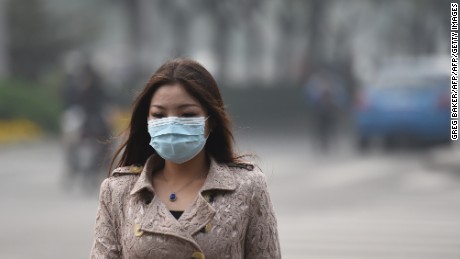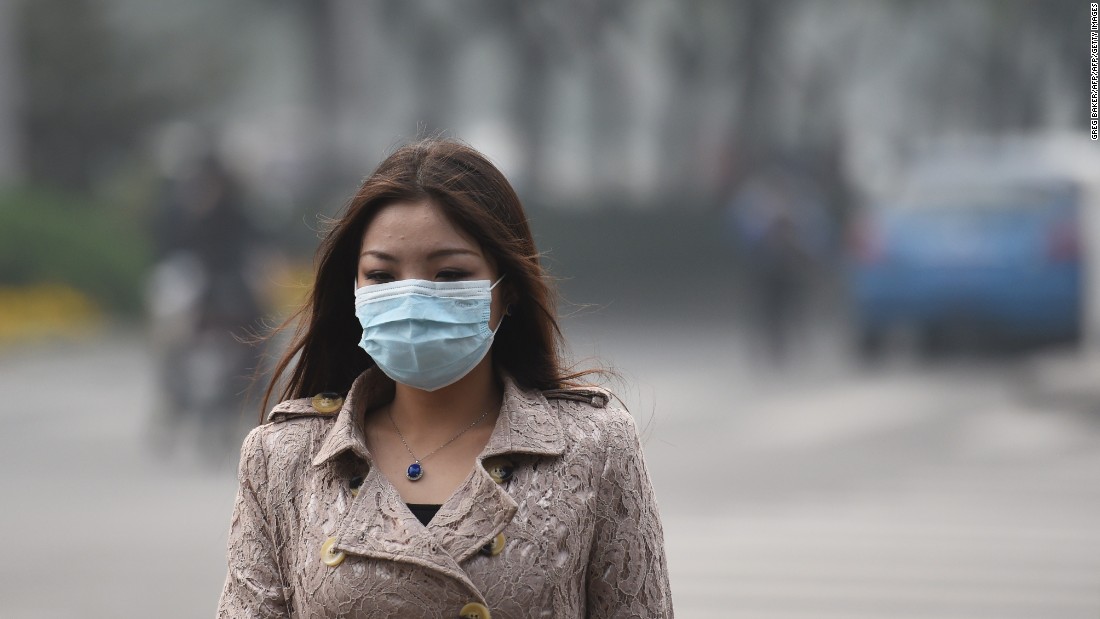
(CNN)Almost everyone on Earth now breathes polluted air, according to an air quality map released Tuesday by the World Health Organization.
The
interactive map, based on global air pollution data, confirms that 92% of the world"s population lives in places where outdoor air quality fails to meet WHO guidelines.
"The pollutants that affect most people in the United States include particulate matter, especially the smallest particles that enter deep into the lungs, and ozone. Ozone has tended to be a problem that has affected large portions of East Coast, Gulf and West Coast," Batterman said. "There"s also major regions across the Midwest and elsewhere that have problems with ozone.
"Particulate matter pollution also has been an issue in many different regions," he added. "It is often a problem in some of the more urbanized areas, as well as industrialized areas of the country."
However, in order to move forward in efforts to improve air quality, identifying the type of pollutant in various regions is just as important as identifying the sources of pollution, Neira said.
Improving air quality
"You would find out there is a big proportion coming from transit," Neira said. "Probably another part will be on the choices of energy we make every day, whether we use coal, fire, power plant or cleaner sources of energy. The way we heat our buildings, or refrigerate our buildings, on the household level. ... And for many countries around the world, there is still an issue of waste management."
See the latest news and share your comments with CNN Health on Facebook and Twitter.
The WHO recommends an assessment of sources of pollution. Once that is complete, that information can be shared with policymakers for change to happen.
"Governmental regulations and enforcement are absolutely essential to achieve better air quality. Air quality regulations will stimulate the development of cleaner technologies and force the use of pollution-control devices installed on the smokestacks and motor vehicles," Zhang said.
"The world needs cleaner and renewable energy. In the urban areas where vehicular traffic is the predominant source of local air pollution, efforts should be made to reduce the number of traveling vehicles by sharing rides, biking and using public transportation and electric vehicles."
Read more: http://www.cnn.com/2016/09/27/health/air-pollution-map-who/index.html








No comments:
Post a Comment